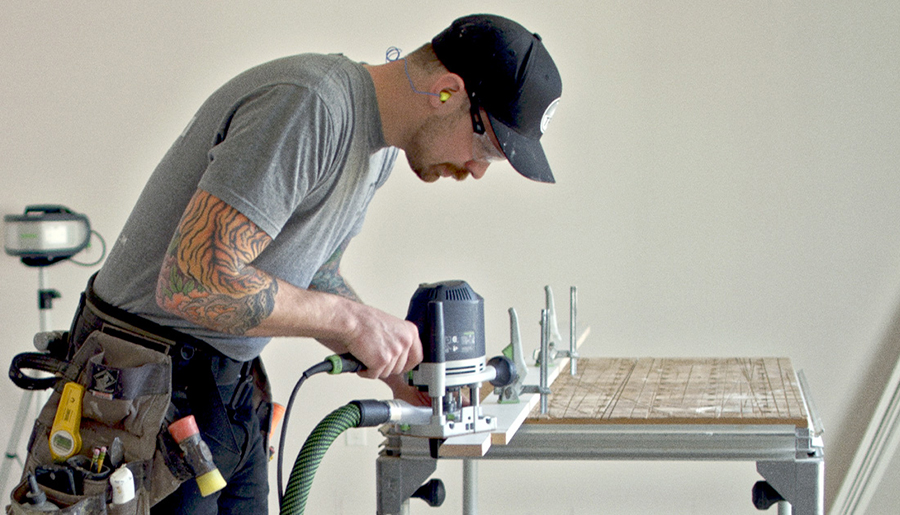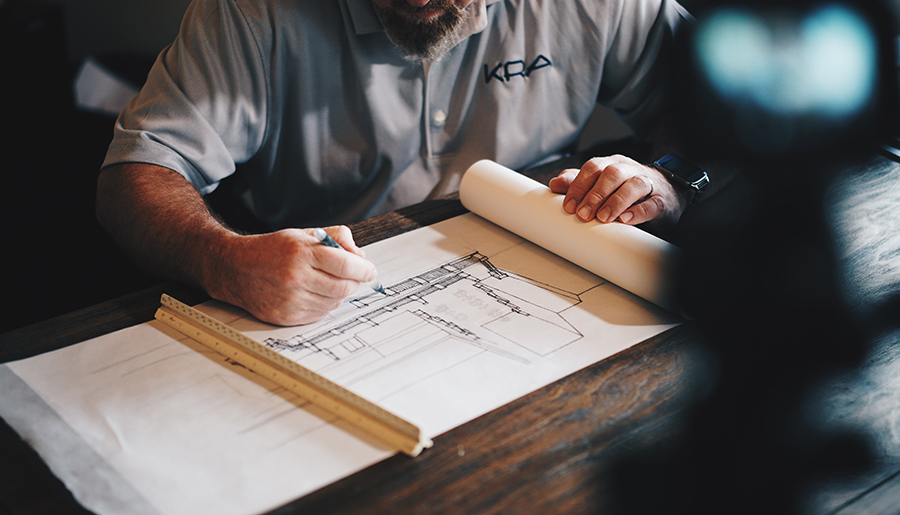By Tyler Grace, Owner TRG Home Concepts
For years I struggled with how to deal with potential clients who saw us only as “another number.” I spent countless hours each week returning phone calls, responding to emails, and chasing leads only to never land these projects. A few years ago, I read an article in JLC Magazine about charging for estimates. I borrowed some ideas from that article, focused my business on more design-driven projects, and heavily vetted my customers while creating and developing the system I use today. This system is always changing and adapting, but the principles remain the same.
I have found that most customers in my small remodel market want an “all-in” price. They want to know the total price of a project in order to compare your number to other contractors’ numbers. They want a fixed-price quote for a job or design that does not yet exist. In order to deliver a fixed-price quote you need a few things: a set of clearly defined project requirements, comprehensive specs, and a schedule. I have yet to be approached by a potential client who has had these items in order. I have also yet to be hired by a customer who is price shopping.
I quickly realized that if I wanted to stop spinning my wheels and wasting my time, I needed to provide something different than my competition. Something more. I needed to not compete. I needed to differentiate myself from my peers. I set out to create a business model based on a hyperfocused attention to detail that is driven by design. I needed to find a way to sell my customers not on my price, but my product and my system. This is when I began to integrate design into my pricing.
Most contractors believe they must outsource their designs. They think they must send their clients to a designer rather than keep that portion of the work in-house. They pass these leads off to a design firm, and architect, or an engineer, and then hope the customer circles back to them. I decided that I wanted to keep these leads under my own umbrella. I also decided that I did not want to hire or keep a designer on staff. At this point, I decided to treat design or designers just like any other subcontractor or vendor. When a customer approaches me to price their job, I enter into a design contract or feasibility study with them. I hire a designer to aid in that process, while holding the contract and creating the terms that work for myself, the designer, and the customers. This lead now remains in-house, creating current work and securing future work.
We work with our customers and whatever design professional we see fit to create their dream build based on budget, specs, and schedule. We are able to achieve the fixed-price cost, which they desire throughout this process as well. We are now getting paid for our time and protecting ourselves from price shoppers and clients who do not value what we do.
When you wrap up the design, you can then enter into a work contract. You have been paid for your time to this point, and you have preserved the time of your entire team. You are only focusing your efforts on customers who have skin in the game and who are serious about hiring your company. You now have current and ongoing jobs, jobs that are contracted, and jobs that are in the design phase.
The benefits to using this system are endless. You are able to establish and build trust with your customers starting at the design phase, not at the beginning of the work phase. Your clients will have the ability to see their project come to life, and will now understand the costs involved and be part of your process. Your subcontractors are not chasing their tails or wasting their time. Your pricing and schedule should be very accurate because you have spent the necessary time on due diligence, and you have built this project on paper prior to the commencement of work. You are also able to achieve a level of quality that is second to none because of the time spent developing a comprehensive and detailed design.
Just as with anything in the service industry, you must gain the trust of your potential clients prior to anything else. You must explain to them why it makes sense to hire you, and why they should pay you to take this approach. They have to see the value in what you do, they must understand what goes into this process, and they absolutely have to believe in you. If you can show your customers the potential benefits of your system and open their eyes to a different perspective, you will reduce the number of hassles you deal with on a daily basis. You must be confident in your system, have a structured approach, and deliver a product that is in line with what you are selling. If you are able to do that, you will have no trouble keeping design in-house and integrating it into your pricing and proposals.



